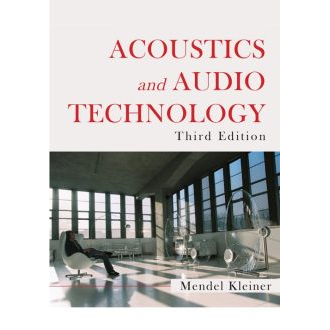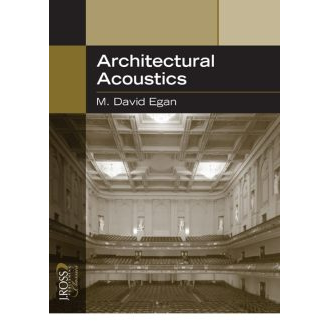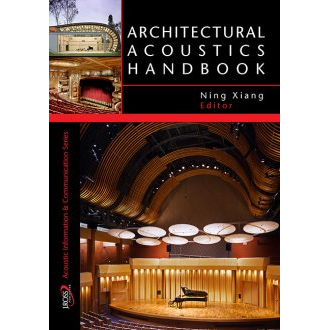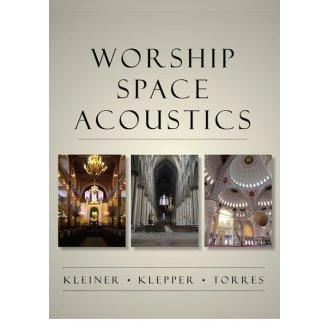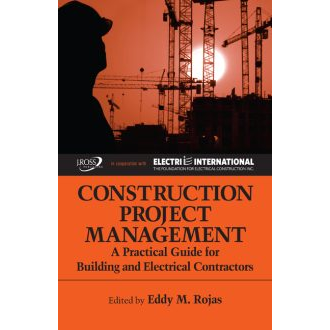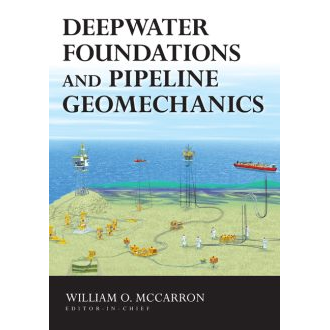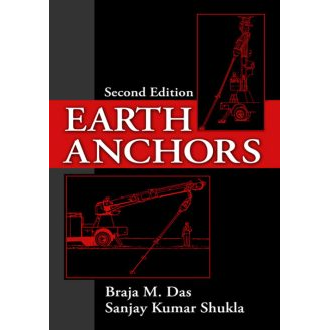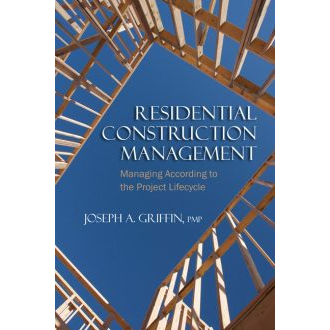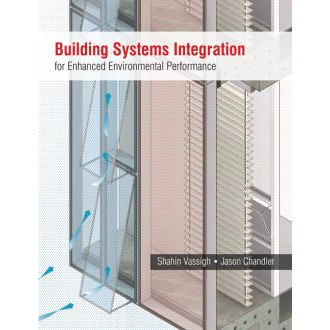
Welcome to the J. Ross Publishing
Web Added Value™ Download Resource Center
Our downloadable resources add value to the learning experience.
At J. Ross Publishing we believe you expect more from the books you buy or are considering purchasing. That is why we offer, on many of our titles, downloadable value-added resources in the form of practical, hands-on tools that can be applied to real-world situations. These resources are designed to enhance your learning experience as well as provide solutions to today’s business challenges.
As you navigate through the Web Added Value™ portion of our site, you will be given access to downloadable files that may include interactive versions of material that appears in our books or supplemental templates, worksheets, models, plans, case studies, proposals, spreadsheets and assessment tools, among other things. Please note that WAV™ documents are copyright protected and not intended for distribution or resale without permission from the publisher.
For your convenience, if you have previously purchased a book on the new J. Ross Publishing website, you are already registered for WAV! Simply login to WAV with your same email address and password information, and you will have immediate access to our WAV library of downloadable, value-added resources.
If you are signing up for the first time, Welcome! Please register now for access to the value-added resources available to you exclusively from J. Ross Publishing.
Login
Register
Welcome Book Buyers, Instructors and Guests
Simply locate the book(s) that interests you in the list of titles below and click on the book title link. A list of downloadable files will be displayed for that title. You can either download each file in the program in which it was created, or if you have Adobe’s Acrobat Reader, you can preview some files as a PDF. If you do not have Adobe Acrobat Reader, you may download it here. It’s that simple. If you are having any problems downloading the material, please e-mail us at customerservice@jrosspub.com for assistance.
A Title in J. Ross Publishing’s Acoustics:
Information and Communication Series
By Mendel Kleiner
Softcover, 7.5 x 9.25, 480 pages
ISBN: 978-1-60427-052-5
September 2011
M. David Egan
Softcover, 9.5×11, 448 pages
ISBN: 978-1-932159-78-3
January 2007
Edited By Ning Xiang, Ph.D.
Hardcover, 7 x 10, 542 pages
ISBN: 978-1-60427-004-4
April 2017
By Mendel Kleiner, David Lloyd Klepper and Rendell R. Torres
Hardcover, 6×9, 328 pages
ISBN: 978-1-60427-037-2
August 2010
A Title in J. Ross Publishing’s Acoustics: Information and Communication Series
A Practical Guide for Building and Electrical Contractors
Edited by Eddy M. Rojas in Co-operation with ELECTRI International
Hardcover, 6 x 9, 344 pages
ISBN: 978-1-60427-000-6
November 2008
A Title in J. Ross Publishing’s Strategic Issues in Construction Series
A Practical Guide for Building and Electrical Contractors
Edited by Eddy M. Rojas in Co-operation with ELECTRI International
Hardcover, 6×9, 432 pages
ISBN: 978-1-60427-002-0
June 2009
A Title in J. Ross Publishing’s Strategic Issues in Construction Series
Edited by William O. McCarron
Hardcover, 6×9, 304 pages
ISBN: 978-1-60427-009-9
October 2011
A Title in J. Ross Publishing’s Civil and Environmental Engineering Series
Second Edition
By Braja M. Das and Sanjay Kumar Shukla
Hardcover, 6×9, 352 pages
ISBN: 978-1-60427-077-8
May 2013
Managing According to the Project Lifecycle
By Joseph A. Griffin
Softcover, 6×9, 288 pages
ISBN: 978-1-60427-022-8
January 2010
By Shahin Vassigh and Jason R. Chandler
Hardcover, 8.5 x 11, 164 pages
ISBN: 978-1-60427-015-0
August 2011
Attention Instructors
Access to instructor’s manuals and other textbook supplements is restricted and authorization from J. Ross Publishing is required. Please e-mail us at customerservice@jrosspub.com and we will qualify you as an instructor and grant access privileges. Click here to read about our Textbook Review Policy.

